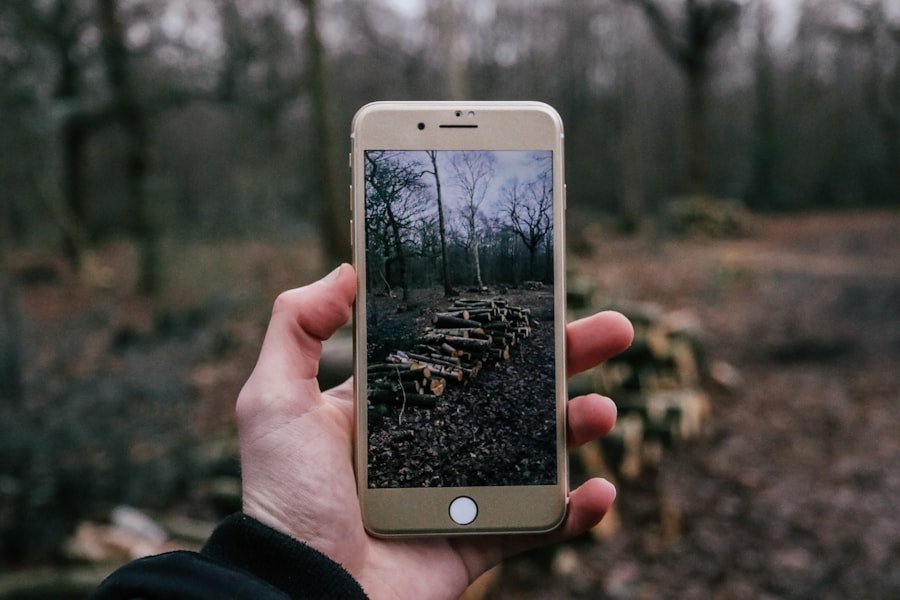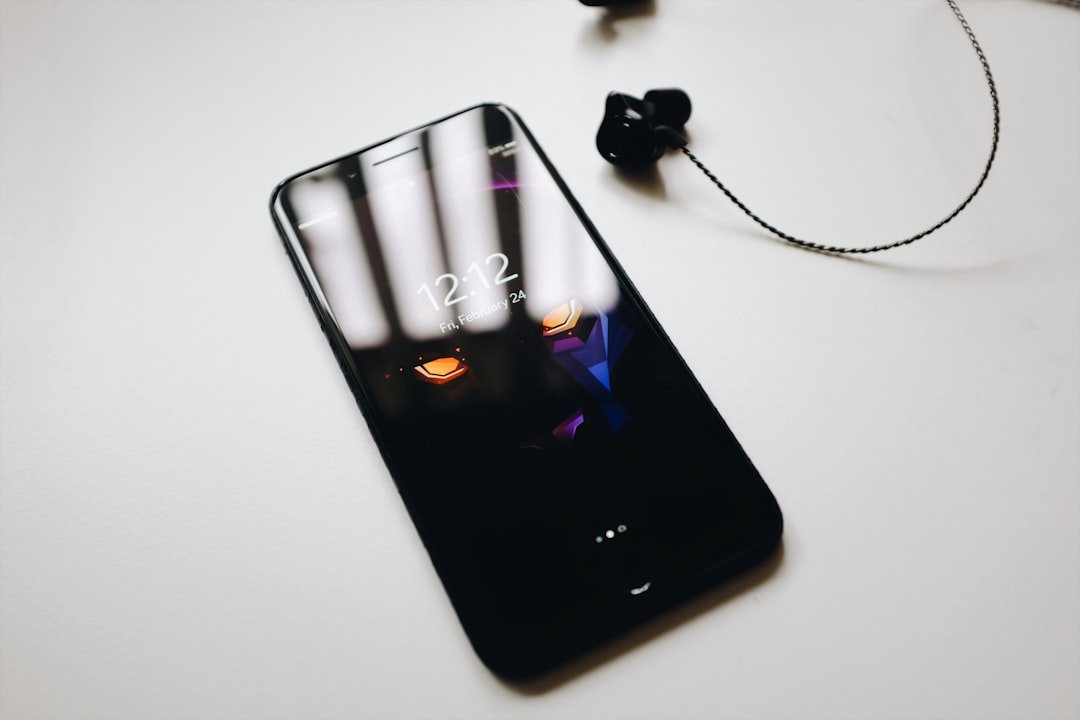Find My iPhone is a powerful feature integrated into Apple’s ecosystem, designed to help users locate their devices in the event of loss or theft. This service operates through a combination of GPS, Wi-Fi, and cellular data, allowing users to pinpoint the location of their iPhones on a map. When activated, Find My iPhone not only displays the device’s current location but also provides options to play a sound, lock the device, or erase its data remotely.
This functionality is part of a broader suite of services under the Find My app, which also includes features for locating other Apple devices such as iPads, Macs, and even AirPods. The utility of Find My iPhone extends beyond mere location tracking. It serves as a deterrent against theft, as potential thieves are aware that stolen devices can be easily tracked and rendered useless.
Additionally, the feature can be invaluable for parents wishing to keep tabs on their children’s whereabouts or for individuals who frequently misplace their devices. However, while Find My iPhone offers significant advantages, it also raises questions about privacy and control over one’s location data, prompting users to consider when and how to manage this feature effectively.
Key Takeaways
- Find My iPhone is a feature that allows users to locate their lost or stolen iPhone using GPS and internet connection.
- Pausing Find My iPhone location can be useful in situations where you want to protect your privacy or conserve battery life.
- To pause Find My iPhone location, go to Settings, tap on your name, select Find My, then tap on Find My iPhone and turn off the “Share My Location” option.
- To resume Find My iPhone location, simply go back to the Find My iPhone settings and turn on the “Share My Location” option.
- Troubleshooting Find My iPhone issues may involve checking internet connection, enabling location services, and ensuring the device is signed in to the correct Apple ID.
Reasons to Pause Find My iPhone Location
There are several scenarios in which pausing the Find My iPhone location feature may be beneficial. One primary reason is the desire for privacy. In an age where personal data is increasingly vulnerable to breaches and misuse, some users may feel uncomfortable with their location being constantly tracked.
By pausing this feature, individuals can regain a sense of autonomy over their whereabouts, particularly in situations where they may not want others to know their exact location. Another reason to pause Find My iPhone is related to battery conservation. The continuous use of GPS and location services can drain a device’s battery significantly faster than when these features are disabled.
For users who are in situations where charging options are limited—such as during travel or outdoor activities—temporarily pausing location tracking can help extend battery life. This practical consideration is especially relevant for those who rely heavily on their devices for navigation or communication while on the go.
Steps to Pause Find My iPhone Location

Pausing the Find My iPhone location feature is a straightforward process that can be accomplished in just a few steps. First, users need to access the Settings app on their iPhone. Once in Settings, they should scroll down and tap on their name at the top of the screen to access their Apple ID settings.
From there, they will find the “Find My” option, which leads to additional settings related to location tracking. Within the Find My settings, users will see an option labeled “Share My Location.” Tapping on this will reveal a toggle switch that allows them to pause sharing their location with friends and family. By switching this toggle off, users effectively pause the location sharing aspect of Find My iPhone.
It’s important to note that while this action stops sharing their location with others, it does not disable the Find My iPhone feature entirely; users can still locate their device if it goes missing.
How to Resume Find My iPhone Location
| Method | Accuracy | Requirements |
|---|---|---|
| iCloud Website | High | iCloud account login |
| Find My iPhone App | High | iCloud account login, app installation |
| iCloud.com | High | iCloud account login, web browser |
Resuming the Find My iPhone location feature is equally simple and can be done by following similar steps as when pausing it. Users should navigate back to the Settings app and tap on their name at the top of the screen once again. After accessing the Apple ID settings, they will return to the “Find My” section where they previously paused location sharing.
To reactivate location sharing, users need to tap on “Share My Location” and toggle the switch back on. This action will restore the ability for friends and family to see their current location if they have been granted access. Additionally, it re-enables the tracking capabilities of Find My iPhone, allowing users to locate their device should it become lost or stolen once more.
This seamless process ensures that users can easily manage their privacy preferences without losing access to essential tracking features.
Troubleshooting Find My iPhone
Despite its robust functionality, users may occasionally encounter issues with Find My iPhone that require troubleshooting. One common problem is when the device fails to show its current location accurately. This can occur due to various reasons, such as poor GPS signal reception or issues with network connectivity.
To address this, users should first ensure that their device has a stable internet connection—either through Wi-Fi or cellular data—and that Location Services are enabled. If problems persist, restarting the device can often resolve temporary glitches that may be affecting the Find My iPhone functionality. Users should also check for any software updates available for their device, as Apple frequently releases updates that enhance performance and fix bugs.
If all else fails and the issue remains unresolved, contacting Apple Support may be necessary for more in-depth assistance.
Privacy and Security Considerations

While Find My iPhone offers significant benefits in terms of locating lost devices, it also raises important privacy and security considerations that users must take into account. The continuous tracking of a device’s location means that sensitive information about an individual’s movements can potentially be accessed by unauthorized parties if proper precautions are not taken. For instance, if a user’s Apple ID is compromised, an attacker could gain access to their location history and other personal data.
To mitigate these risks, users should employ strong security measures for their Apple ID accounts, such as enabling two-factor authentication. This additional layer of security requires a verification code sent to a trusted device whenever there is an attempt to log in from an unrecognized device or browser. Furthermore, users should regularly review which devices are linked to their Apple ID and remove any that are no longer in use or recognized.
Alternatives to Find My iPhone
For those who seek alternatives to Find My iPhone or wish to supplement its capabilities, several options are available in the market. One popular alternative is Google’s Find My Device service, which offers similar functionality for Android devices but can also be accessed via web browsers for locating lost devices. This service allows users to track their devices on a map, ring them, lock them remotely, or erase data if necessary.
Another option is third-party applications such as Life360 or Prey Anti Theft. Life360 focuses on family safety by providing real-time location sharing among family members while also offering features like driving reports and emergency alerts. Prey Anti Theft is designed for comprehensive device tracking and security management across multiple platforms, including Windows and Linux devices in addition to mobile phones.
These alternatives provide varying degrees of functionality and may cater better to specific user needs or preferences.
Finding the Right Balance
Navigating the balance between convenience and privacy in today’s digital landscape is crucial for users of technology like Find My iPhone. While this feature provides invaluable assistance in locating lost devices and enhancing security against theft, it also necessitates careful consideration of how much personal information one is willing to share. Users must weigh the benefits of real-time tracking against potential privacy concerns and take proactive steps to safeguard their data.
Ultimately, understanding how to manage features like Find My iPhone effectively empowers users to make informed decisions about their digital lives. By knowing when to pause or resume location sharing and being aware of alternative solutions available in the market, individuals can tailor their technology use to fit their unique needs while maintaining control over their personal information.
FAQs
What is Find My iPhone?
Find My iPhone is a feature developed by Apple that allows users to locate their lost or stolen iPhone, iPad, Mac, or Apple Watch.
Why would I want to pause my location on Find My iPhone?
Pausing your location on Find My iPhone can be useful if you want to temporarily stop sharing your device’s location with others, or if you want to conserve battery life.
How do I pause my location on Find My iPhone?
To pause your location on Find My iPhone, go to Settings, tap on your name, then tap on Find My. From there, you can toggle off the Share My Location option.
Can I still use other features of Find My iPhone if I pause my location?
Yes, you can still use other features of Find My iPhone, such as playing a sound on your device, putting it in Lost Mode, or erasing its data, even if you have paused your location sharing.
How do I resume sharing my location on Find My iPhone?
To resume sharing your location on Find My iPhone, simply go back to the Find My settings and toggle on the Share My Location option.
